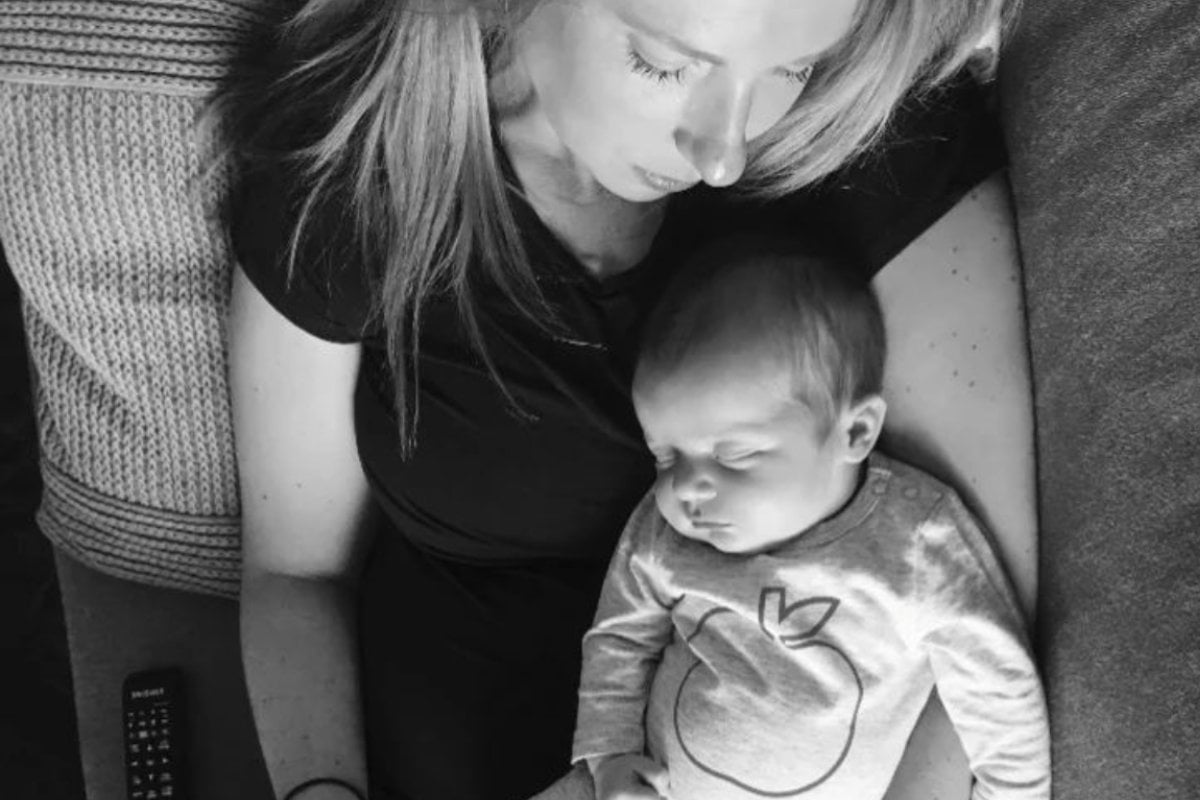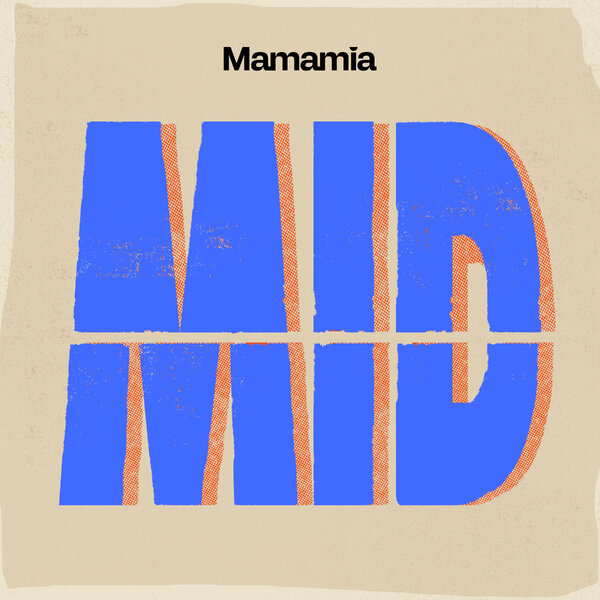
Content warning — this article includes descriptions of trigger warnings.
Is this trigger warning in itself necessary? Well, it depends on the person you ask.
In theory, Rachael Casella is one of the many people who trigger warnings are supposed to protect. And yet, they sadly don't. Rachael is in her early 40s, and already she has been diagnosed with PTSD after living through numerous traumatic events, including the devastating loss of her child.
Listen: The Mother Who Won't Put A Trigger Warning On Her Child's Life. Post continues after audio...
Rachael gave birth to a beautiful little girl called Mackenzie in 2017. Mackenzie had spinal muscular atrophy, and only lived for seven months and 11 days.
"She was the love of my life, which I feel guilty about saying because I now have other children, but she just changed everything for me. She was pure perfection," Rachael tells Mamamia's No Filter this week.
"I still remember the moment the doctor said to us, 'It's terminal.' I froze and started to shut down. Then a couple of minutes went by and I got really upset."
Watch: if my brain could text me... Post continues below.


